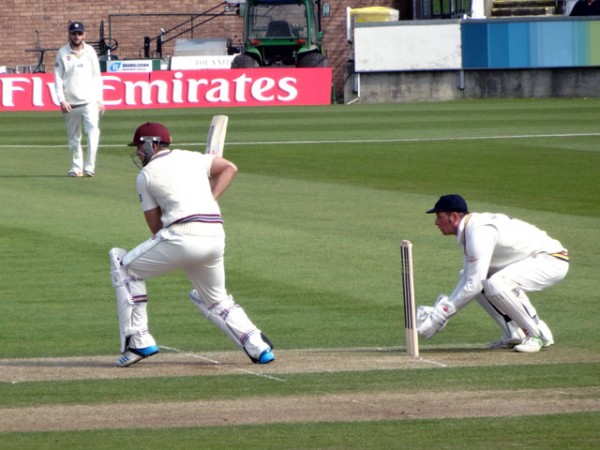In a city and a country where the football codes rule the roost, cricket is struggling.
While the game is still strong internationally, particularly in the sub-continent, interest levels among children in Australia are in a steep decline.
According to the Australian Bureau of Statistics, Cricket is just the fifth most popular sport amongst children, ranking behind soccer, swimming, Australian rules football and basketball.
In the period from 2006 to 2012 cricket’s participation rate amongst children suffered a drop of approximately 15,000 across the nation.
At the international level, officials have turned to the Twenty20 format as a way to revolutionise cricket and draw new fans to the game, and so far they have succeeded in doing so.
However, despite the impact that Twenty20 cricket has had on at the international level, cricket still struggles to compete with rival codes at a grass roots level.
With the sport struggling to appeal to children, decisions such as the one made by the Dandenong District Cricket Association last week do cricket no favours.
Needing a victory to reach the finals, Narre Warren Cricket Club thought they had secured a finals spot after a win in their final game of the season.
However, following a complaint from the opposing side, Heinz Southern Districts, they were stripped of six points for using 13 players instead of the customary 11, despite having played 13 players all year.
Former first-class cricketer turned junior coach at Penleigh and Essendon Grammar School Cricket Club, Rasika Batepola, shared his disappointment at the ruling.
“That shouldn’t happen below the under-15 level, especially since [coaches] are advised to give all kids a fair go,” he tells upstart.
“It is so important to have [children] out on the park rather than staying at home playing video games.”
Cricket demands a time commitment unlike any other sport. A game of cricket usually takes up the whole day, a factor which makes it less desirable in comparison to shorter alternatives such as football and soccer.
“If [children] don’t get something from playing cricket they might say ‘there’s no point playing cricket, I might as well play footy or soccer or some other sport, that way we can enjoy the game more and we get more opportunities and it’s a shorter game’,” Batepola says.
“With cricket, we are fighting with other codes that are more popular, codes with shorter formats of the game. It is so hard to get kids into cricket if they are disappointed by decisions such as [the DDCA ruling].”
Batepola says that in his experience it is common practice in junior cricket for sides to field more than the regular eleven players. Rotations are common, as often clubs have too many players to field a single team, but not enough numbers to field multiple sides.
The DDCA’s ruling on Narre Warren Cricket Club begs the question: at what age does the emphasis on winning overtake participation?
Batepola suggests junior cricketers need not concentrate on “playing the game hard to win” until they are at least 16 or older. Despite the importance of winning in higher levels, according to Batepola, winning is the final step in the development of young participants.
“In younger levels, participation is the first step. This is followed by the application of skills and then the last thing is winning,” he says.
With the advent of Twenty20, international cricket has found a new lease of life.
However, at grassroots level the lure of the bright lights and million dollar contracts is nonexistent, and steps should be taken to ensure that participation is at the forefront of junior cricket.

Chris De Silva is a third-year Bachelor of Journalism student and a staff writer for upstart. You can follow him on Twitter @cdesilva23







